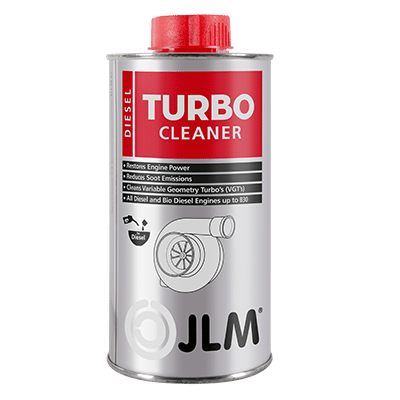Having a clear DPF filter is important for vehicle performance and emission control. A diesel particulate filter (DPF), also known as a soot filter, is designed to trap soot emissions from a diesel engine, thereby minimising carbon emissions from diesel vehicles. The DPF Filter is a compulsory component of a diesel vehicle and is integral to the engine.
In the event of a malfunction, or improper functioning of the particulate filter, consider cleaning it with a DPF cleaning additive as an initial step. Prevention is better than a cure in this case. Using these additives proactively can serve as a preventive measure, potentially avoiding premature breakdown of the particulate filter and the need for costly repairs later on.
In this guide, we’ll run through how to clear a blocked DPF filter using JLM products, as well as identify some common DPF problems. Discover why cleaning your DPF regularly is an important step towards affordable vehicle maintenance and performance.
WHY DO I NEED TO CLEAN MY DPF?
DPF filters can become clogged due to trapping soot as part of the filtering process, which gradually builds up over time. This can happen more quickly when driving in poor traffic conditions, such as traffic jams or city driving. To help keep this to a minimum and prevent expensive replacements, fuel additives can be used to routinely clean the DPF filter. Regularly using quality DPF cleaning additives, such as the JLM DPF range, saves costs in the long run, improves vehicle performance and helps to reduce emissions.
DPF CLEANING WITH ADDITIVES—WHICH DPF CLEANER IS RIGHT FOR ME?
When cleaning your DPF filter, you should only use products that are specifically designed for DPF filter cleaning and are of high quality. JLM offers a range of DPF cleaning solutions, designed to be used as a preventative measure to save you expensive replacement costs later down the line.
JLM DPF REGEN PLUS
As part of the DPF range, JLM offers a wide variety of products, including JLM DPF ReGen Plus. This is a preventive DPF additive which has been developed to support DPF regeneration, especially for low-mileage, short-journey vehicles. Regular use of the ReGen Plus results in improved regeneration and better DPF performance while reducing engine power loss.
How to use JLM DPF ReGen Plus
Step 1: Remove fuel cap.
Step 2: Pour in 250 ml of Diesel DPF ReGen Plus for every 50 litres of fuel.
Step 3: Close the fuel cap and drive away.
Step 4: Do not refuel until the tank is almost empty.
JLM DPF CLEANER
JLM also offers the JLM DPF Cleaner. This is a more powerful formula (including Platinum and Cerium) and is the next step if DPF regeneration through ReGen Plus is not possible. JLM DPF Cleaner not only clears the DPF, but also reduces pollutants such as carbon monoxide. This cleaner should be used as soon as the DPF dashboard warning light has come on.
How to use JLM DPF Cleaner
Step 1: Add 375 ml of the JLM DPF Cleaner to approx 60 litres of diesel fuel before or after filling.
Step 2: Drive normally and try to include a longer steady journey of at least 30-40 minutes.
Step 3: Do not refuel until the tank is almost empty.
JLM DPF CLEANING SPRAY
Need to get back on the road quickly? JLM DPF Cleaning Spray provides a fast and affordable way to clean your DPF filter. Bear in mind that this single-shot spray formulation is applied directly to the DPF and, consequently, requires some basic mechanic skills to apply correctly.
How to use JLM DPF Cleaning Spray
Take the correct protective measures before using JLM cleaning products. Wear gloves and safety goggles throughout the entire cleaning process.
Step 1: Bring the engine up to operating temperature and then switch it off.
Step 2: Remove the temperature sensor and/or pressure sensor.
Step 3: Insert the spray pipe with a special nozzle into the opening facing the particulate filter.
Step 4: Spray the entire contents of the can into the diesel particulate filter.
Step 5: Fit the temperature sensor and/or pressure sensor.
Please note: For best results, we recommend adding JLM DPF Cleaner to the fuel tank after spraying in the DPF Spray and before regeneration.
Step 6: Regenerate the DPF using a diagnostics test, or ideally by taking the vehicle on a test drive.
Step 7: Check the engine management system for error codes and delete the codes if present.
JLM DPF CLEAN AND FLUSH TOOLKIT
Finally, JLM also offers the DPF Clean and Flush Toolkit. This is for professional use and is a two-stage process, requiring a dedicated toolkit and workshop compressed air supply. This kit cleans very dirty diesel particulate filters without dismantling and saves the motorist significant costs.
HOW TO USE THE JLM DPF CLEANING TOOLKIT
.jpg)
HOW TO CHOOSE A DPF CLEANER
Overall, there are a lot of options available to you from JLM when looking for how to clear a blocked DPF Filter. If you’re struggling to find the best option for you, please contact us or seek professional advice.
DPF FAQS
Read our FAQ section on diesel particulate filter (DPF) cleaning for symptom identification and prevention tips. Discover insights into maintaining peak engine performance and preventing unnecessary emissions.
HOW DO I KNOW MY DPF NEEDS CLEANING?
Several signs indicate that your diesel particulate filter (DPF) may need cleaning:
- Warning lights: Most modern vehicles are equipped with a dashboard warning light that specifically indicates DPF issues. If this light is illuminated, it’s crucial to address the problem quickly.
- Reduced performance: A noticeable decrease in engine performance, such as reduced power or increased fuel consumption, may signal a clogged DPF.
- Frequent regeneration: If your vehicle frequently goes into regeneration mode, where it burns off accumulated soot in the DPF, it could indicate the filter is nearing its capacity and requires cleaning.
- Exhaust smoke: An increase in visible exhaust smoke, particularly of a darker and denser appearance, may suggest DPF blockage.
- Poor fuel efficiency: A blocked DPF can lead to increased fuel consumption due to improper flow of exhaust gases, forcing the engine to work even harder to maintain high-performance levels.
- Rough idling or engine stalling: Accumulated blockages within the DPF can lead to increased back pressure, resulting in a loss of power and occasional stalling of the vehicle.
- Unusual noises: Unusual sounds from the exhaust system, such as rattling or hissing, can be indicative of a DPF issue.
If you notice any of these signs and suspect your DPF filter may be blocked, check for any visible damage/leaks in the DPF housing. Other visible signs include soot or ash accumulation on the DPF filter. A clean filter typically appears light in colour, while a clogged one may have a dark, ashy coating.
If you observe any of these signs, it’s advisable to have your DPF inspected and cleaned by a professional to maintain optimal engine performance and comply with emission standards. Regular maintenance plus addressing issues promptly can extend the life of your DPF and prevent costly repairs.
HOW CAN I PREVENT DPFS FROM GETTING DIRTY?
To maintain a healthy Diesel Particulate Filter (DPF) and prevent issues, consider adopting the following driving habits:
- Regular driving at highway speeds: Take your vehicle on regular highway drives, especially if it’s primarily used for short trips. Extended highway driving at slightly higher revs (drop down a gear) allows the DPF to reach higher temperatures, promoting efficient self-cleaning through regeneration.
- Avoid short Trips: If possible, avoid frequent short trips as they may not provide sufficient time for the DPF to reach optimal operating temperatures, increasing the likelihood of soot accumulation.
- Use quality diesel fuel: Choose high-quality diesel fuel with low sulphur content to minimise the production of soot and ash, reducing the strain on the DPF.
- Avoid engine idling: Prolonged idling can contribute to incomplete combustion and increased soot production. Turn off the engine when parked for extended periods.
- Maintain a consistent speed: Smooth and consistent driving without frequent acceleration and deceleration helps optimise combustion and reduces the formation of excessive soot.
- Regular maintenance: Follow the manufacturer’s recommended maintenance schedule for your vehicle, ensuring that the engine, exhaust system, and DPF are in good condition. Use JLM DPF cleaning products to routinely clean your DPF to keep it in good condition.
- Avoid overloading: Overloaded vehicles may exert more strain on the engine, leading to increased soot production. Adhere to the recommended load limits for your vehicle.
- Keep air filters clean: A clean air filter ensures proper air intake, contributing to efficient combustion and reducing the likelihood of DPF issues.
By incorporating these driving habits, you can promote the longevity and optimal performance of your DPF, minimising the risk of blockages and associated problems.
USE JLM PRODUCTS FOR HIGH-QUALITY DPF CLEANING
It is important to regularly clean your DPF filter with quality products to keep overall costs low and ensure the health of your vehicle.
At JLM, we offer a wide range of products specifically crafted to clean DPF filters with different levels of cleaning needs. Explore our range of products to find the one best suited to your requirements. If you’re struggling to find the best cleaning solution for you, please contact us or seek professional advice.

